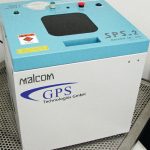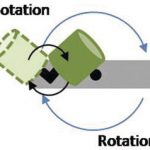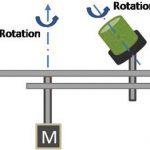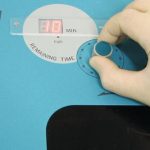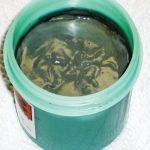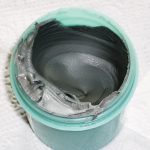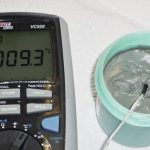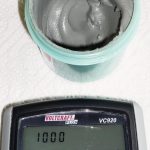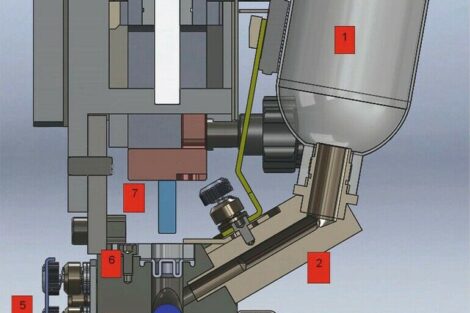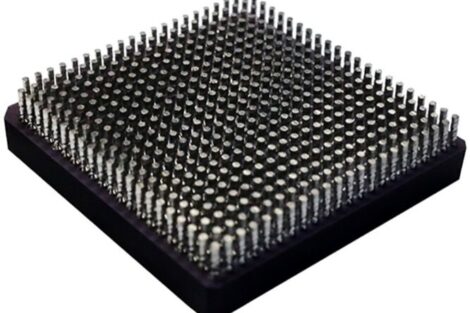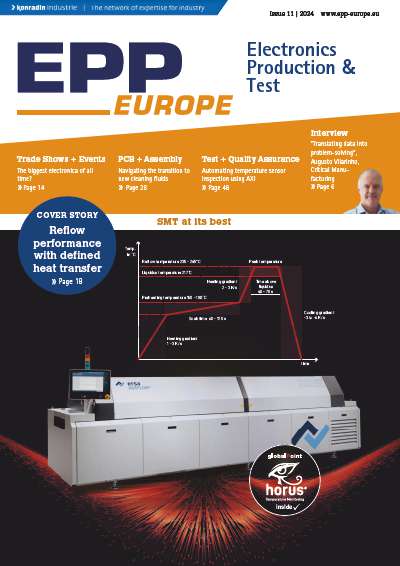On the SMD-application line of the Fraunhofer Institute for silicon technology (ISIT) the solder paste softener, SPS, from Malcom has been successfully installed for several tests. The conditioning shift the solder paste to a optimum condition and promise a solid printing process.
Fraunhofer ISIT, Itzehoe & GPS Technologies GmbH, Langen (Germany)
The Fraunhofer ISIT in Itzehoe is one of the most modern research facilities for microelectronic and micro system technology. In a close cooperation with various partners in the entire industry, the 150 scientists of the ISIT develop electronic components for power electronics and micro systems. Those components have finely moveable structures, and are used for the sensor technology (pressure, movement, biochemically analytic, etc.), and actuator engineering (valves, scanner, mirror arrays etc.) including the housing technology, which is necessary. This miniaturized component is used in the medical, environmental, and transport industry, communication technology, automobile industry, and in mechanical engineering. Furthermore, the Fraunhofer ISIT deals with the quality and reliability of electronic assemblies and their manufacturing process.
Despite operation with very top-market solder paste, certain variations in the manufacturing quality can be observed from time to time. These variations are often traceable to the mixing of the solder paste, which lead Jan Laehn, of the Fraunhofer ISIT, to use the solder paste softener from Malcom in his production environment.
The SPS-Series solder paste softener provides uniform paste consistency, regardless of operator skill. The non-contaminating mixer, which utilizes a pseudo-planetary motion, mixes the solder paste in a sealed jar (jar type or cartridge). In comparison to manual mixing of the solder paste, this process gives you obvious advantages in quality.
Jan Laehn (The Fraunhofer ISIT in Itzehoe) reports: “The solder paste softener guarantees a homogeneous paste consistency via contactless mixing. Compared to manual mixing, the paste does not come in contact with any humidity in the ambient air while using the Malcom SPS. This is a real advantage and contributes very positively to the overall quality. And not to forget: it is repeatable!“ Directly after removal from the fridge, the solder paste will be inserted into the machine unopened. All current paste jars or cartridges can be handled using sev- eral adaptor possibilities. The temperature of the testing pastes when removed from the fridge was around 9° C, also noting that the consistency of the paste was thick and not homogeneous.
Save time and produce good quality
The SPS has been adjusted and started with a mixing time of 10 min. The paste will be mixed uniformly via the centrifugal force of the rotation and warmed up due to the friction forces inside the jar. After the removal of the paste jar from the solder paste softener, the temperature of the paste is at room temperature (20° C), plus it is mixed to a very consistent and homogeneous mixture. A timer function makes it possible to target a temperature of the paste, and makes it repeatable. Afterwards, the conditioned paste can be put onto the stencil and be used for the solder paste printing process. The risk of condensation is completely eliminated. Over the course of time, non-acclimated solder paste can lead to undesirable solder splashes and solder balls. Furthermore, the common mixing with a plastic spatula is not longer required, since this isn’t possible in a repeatable and proper way.
The conventional way of using solder paste assumes that the solder paste scheduled for production will be taken out of the fridge by a min. of 8 hours before operation, to ensure that it is well acclimated.
Mr. Laehn notes, “A big advantage of the SPS is the saving of time. The solder paste can be used for the printing process 10 minutes after removal from the fridge. The contactless mixing provides no spreading of contaminants, such as other solder residues found on the plastic spatula. Oxidation processes and moisture absorption can be almost eliminated, as the paste jars won’t be opened for the mixing process.“
With the solder paste softener from Malcom, solder paste conditioning can be applied very easily and in a repeatable way into most productions using the ISO-9001 process. A consistent build quality is guaranteed.
SMT/Hybrid/Packaging
Booth 6-434 & 7-430
ZUSAMMENFASSUNG
In der SMD-Applikationslinie des Fraunhofer ISIT in Itzehoe wurde der Lotpastenkonditionierer SPS von Malcom für verschiedene Versuche erfolgreich eingesetzt. Die Lotpaste wurde durch Konditionierung in einen optimalen Zustand versetzt und trägt zu einem stabilen Druckprozess bei.
Dans la ligne d’application SMD de Fraunhofer ISIT à Itzehoe, le conditionneur de pâte décapante SPS de Malcom a été utilisé avec succès pour effectuer divers essais. Par conditionnement, la pâte décapante a été placée dans un état optimal lui permettant de contribuer à un processus d’impression stable.
Share:




